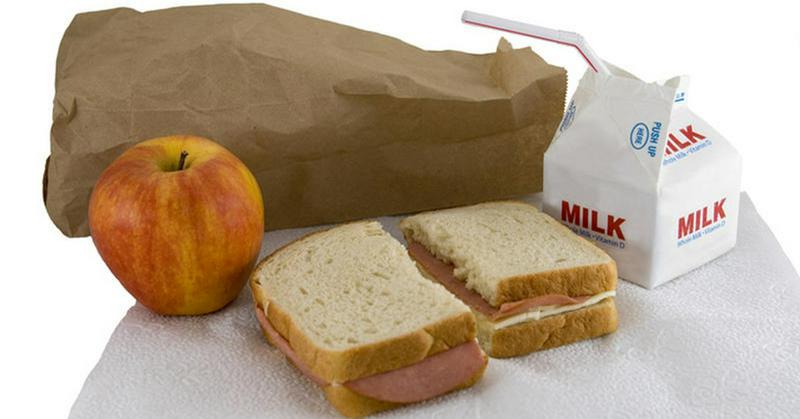History Of Bologna, America’s Best-Loved Lunch Meat
By | October 20, 2021

In today's haute cuisine and foodie culture, it can be easy to dismiss the humble bologna sandwich as a product of a bygone era, but the history of bologna is the history of the United States. It's a tale of immigration, an ever-changing economy, and of course, a wienermobile.
A European Delicacy
Today, we think of bologna as a poor man's meal, but in its original home of Bologna, Italy, it was a seasoned delicacy on par with fine prosciutto. Of course, the Italian version of bologna is unrecognizable to most Americans, made with lean pork from an old recipe that dates back to the mid-1600s. The Italians who brought bologna to America in the late 19th and early 20th centuries started from the bottom, however, so because it was eaten largely by impoverished immigrants, Americans associated it with the lower classes.

My Bologna Has A First Name
It was a German immigrant, however, who thrust this lowly lunch meat into the spotlight. After moving to the U.S. with his family at age 14, Oskar Ferdinand Mayer took an apprenticeship with a butcher and worked for the next six years in Chicago's meatpacking industry. Eventually, he leased his own meat market with his brothers and, using the traditional sausage-making techniques they brought with them from Europe, sold their bologna to Chicago's growing German-American population with tremendous success. By the 1920s, the Oscar Mayer sausage company had brought bologna mainstream. The company is even credited with the advent of the vacuum-sealed packaging system that allowed customers to buy pre-sliced packages from their neighborhood grocery store instead of schlepping all the way to the deli to get their bologna sliced.

A Depression-Era Favorite
When the Great Depression hit in the 1930s, bologna found its niche. It was cheaper than cured hard sausages and salamis, and it was so versatile that a Depression-era housewife could feed her children bologna sandwiches for lunch and then fry bologna for the family dinner. Throughout the 20th century and beyond, the popularity of bologna has mirrored the ups and downs of the economy, becoming more favored when the purse strings are tighter. There's one group that always stays true to those cheap circles, though. While adults tend to opt for more sophisticated meats, the simplicity of bologna made it a childhood staple.

